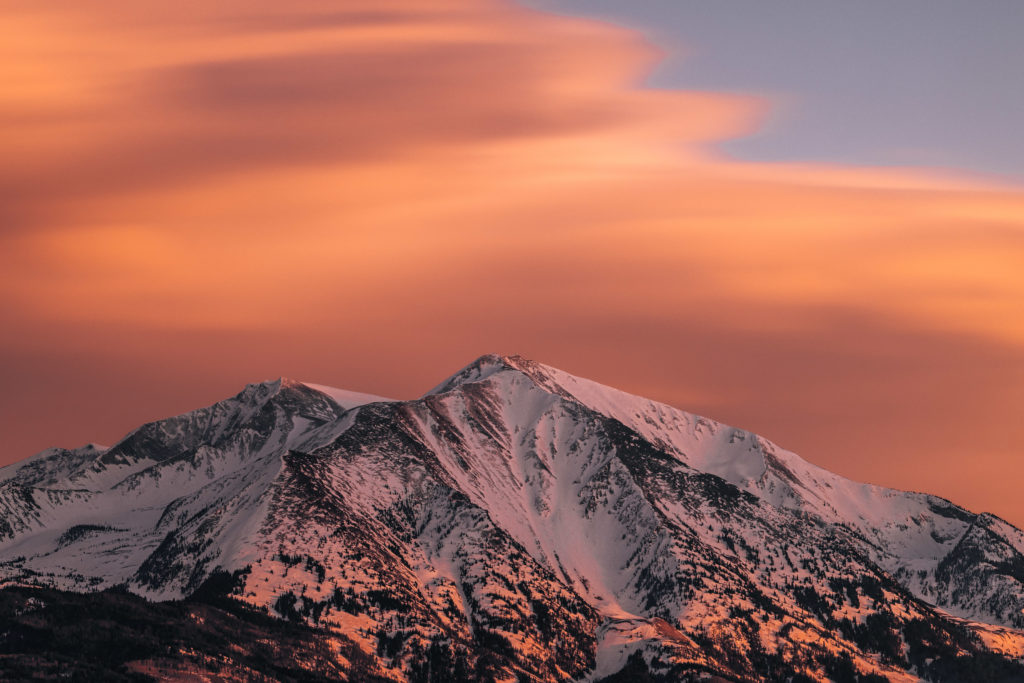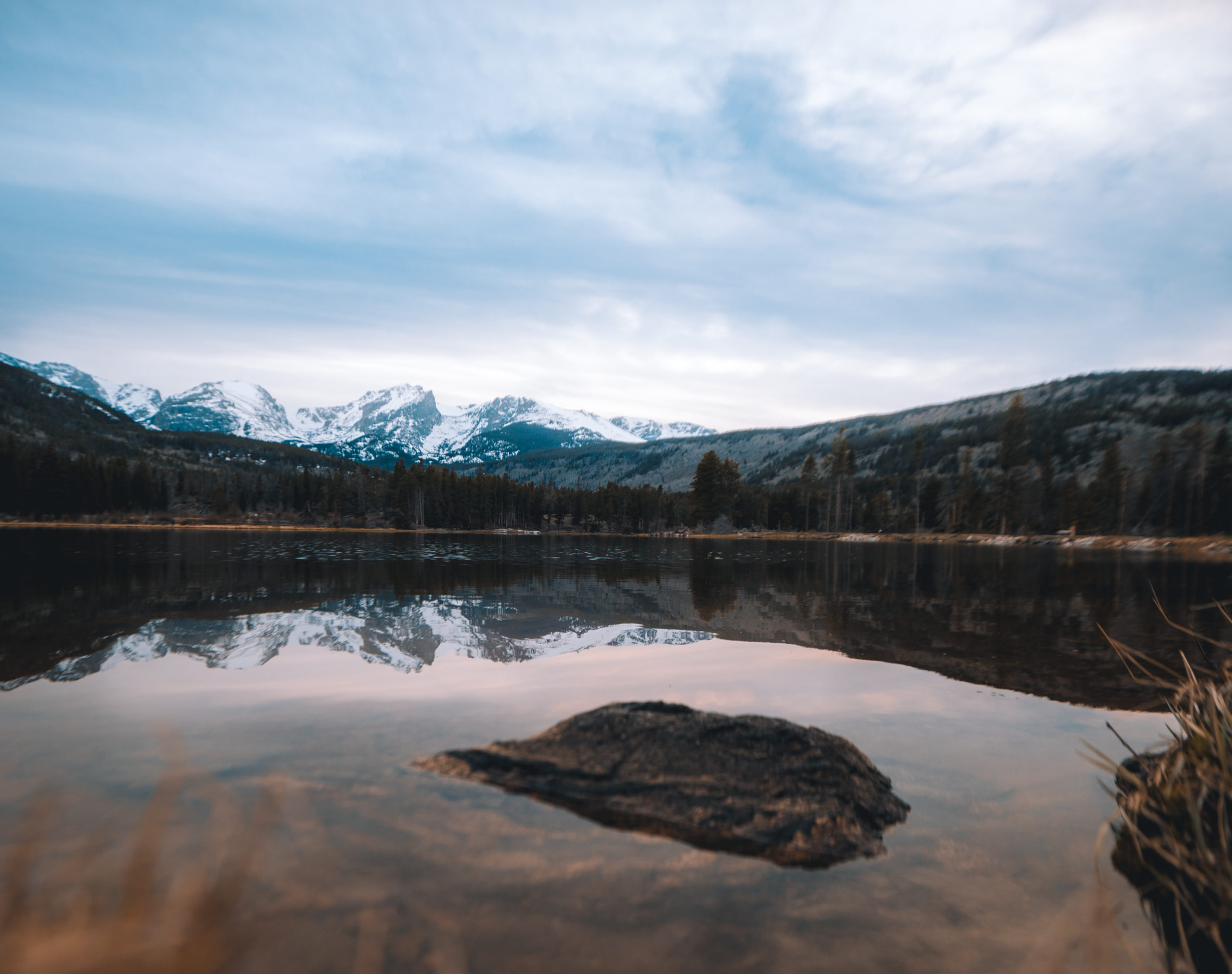Nothing beats the sight of the sun setting over the horizon in winter. The crisp air and the soft, golden hue of the sky combine to create an atmosphere unlike any other. But why are sunsets better in the winter than any other season?
Let’s look at the science of why winter sunsets are so spectacular.
The Winter Sun Has a Lower Position in the Sky

The position of the sun in the sky plays a major role in how we experience a sunset. During the winter, the sun is lower in the sky than in any other season. This lower angle of light creates a different type of dusk, one with a softer glow than the harsh, bright oranges and reds of summertime sunsets. It also allows us to view a larger spectrum of color in the sky, including shades of blue and purple.
This lower angle of the sun also increases the length of the sunset itself. Since the sun is lower in the sky, it takes longer to pass behind the horizon. This gives us plenty of time to appreciate the beauty of the sky in the wintertime.
The Colder Air Makes for Sharper Colors

Cold winter air also plays a role in why sunsets are better in the winter. As the air cools, the molecules in the atmosphere become less dense. This makes for sharper and more vivid colors in the sky.
Additionally, colder air makes for clearer skies, which means less dust and other particles that can interfere with the sunset.
This combination of clearer skies and sharper colors creates an amazing sight that can’t be replicated in any other season.
Conclusion
In conclusion, sunsets are better in the winter due to the lower position of the sun in the sky and the colder air that creates sharper colors. Whether you’re a fan of the vibrant oranges and reds of summertime or the softer hues of the winter sunset, there’s no denying the beauty of watching the sun dip below the horizon.
